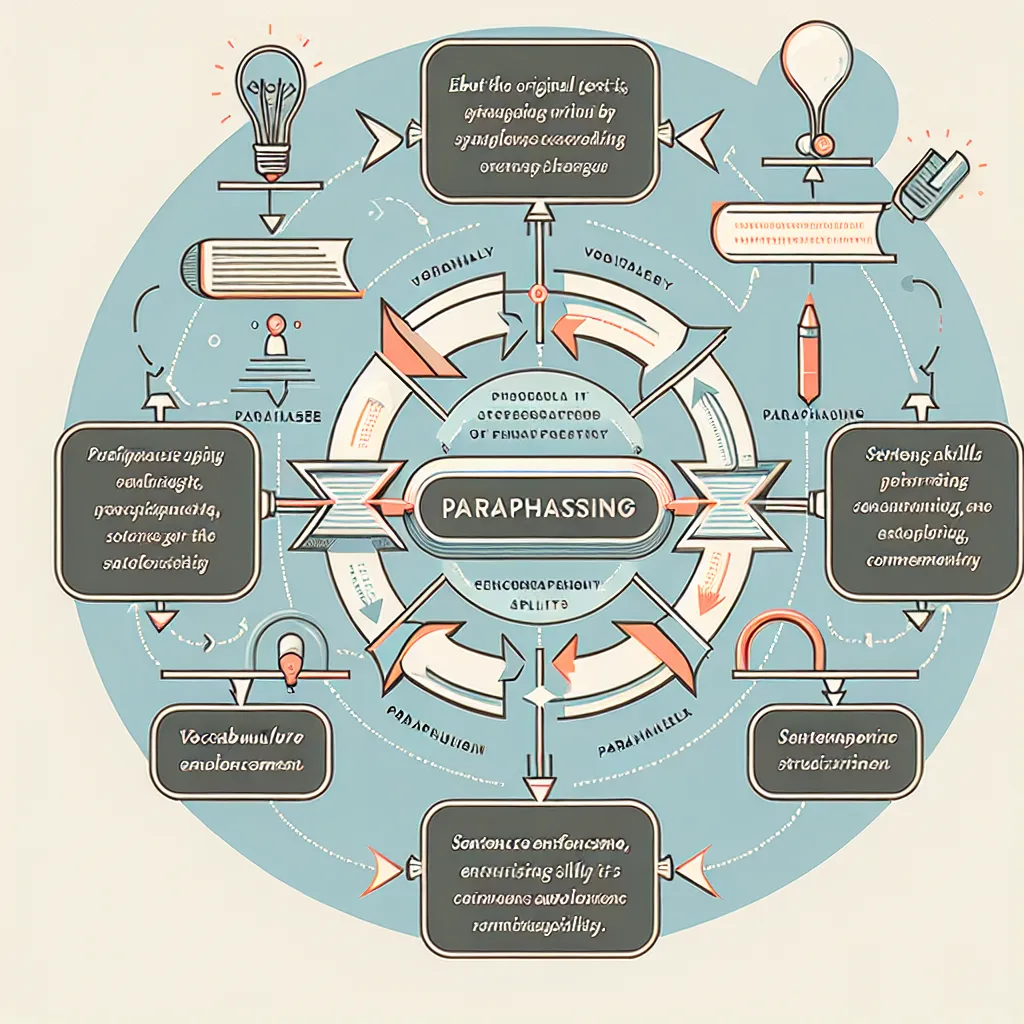Are you preparing for the Cambridge Writing Task 2 and wondering how to effectively develop your ideas? You’ve come to the right place! As an experienced Cambridge exams instructor and content creator for LearnEnglish.NET, I’m here to guide you through the process of generating and expanding your thoughts for a high-scoring essay. In this comprehensive guide, we’ll explore proven strategies to help you tackle the Cambridge Writing Task 2 with confidence.
Understanding Cambridge Writing Task 2
Before we dive into idea development, let’s briefly review what Cambridge Writing Task 2 entails. This task requires you to write an essay in response to a given prompt, typically presenting an argument, discussing a problem, or expressing an opinion. Your essay should be well-structured, coherent, and demonstrate a range of vocabulary and grammar.
 Cambridge Writing Task 2 Essay
Cambridge Writing Task 2 Essay
The Importance of Developing Ideas
Developing ideas is crucial for a successful Cambridge Writing Task 2 essay. Examiners are looking for well-thought-out arguments, relevant examples, and a clear progression of ideas. By mastering the art of idea development, you’ll be able to:
- Write more engaging and persuasive essays
- Demonstrate critical thinking skills
- Achieve higher scores in the ‘Task Achievement’ and ‘Coherence and Cohesion’ criteria
Now, let’s explore some effective strategies for developing ideas in your Cambridge Writing Task 2 essay.
Strategies for Developing Ideas
1. Brainstorming Techniques
Brainstorming is an essential first step in developing ideas for your essay. Here are some effective techniques:
- Mind mapping: Create a visual representation of your ideas, connecting related concepts.
- Freewriting: Write continuously for a set time without worrying about grammar or structure.
- Listing: Jot down all ideas that come to mind, then organize them later.
- 5W1H method: Ask yourself Who, What, When, Where, Why, and How questions related to the topic.
Example:
For the topic “The advantages and disadvantages of working from home,” you might brainstorm:
- Advantages: flexibility, no commute, cost savings
- Disadvantages: isolation, distractions, blurred work-life boundaries
2. Using the PEEL Paragraph Structure
The PEEL structure helps you organize your ideas logically within each paragraph:
- Point: State your main idea
- Explain: Elaborate on your point
- Evidence: Provide examples or supporting information
- Link: Connect back to the main argument or transition to the next point
Example PEEL paragraph:
“One significant advantage of working from home is increased flexibility (Point). Employees can structure their workday around personal commitments and peak productivity hours (Explain). For instance, a parent might choose to start work early to finish in time for school pick-up, or a night owl might prefer working late evenings when they’re most alert (Evidence). This flexibility can lead to improved work-life balance and job satisfaction (Link).”
3. Incorporating Relevant Examples
Examples make your arguments more concrete and convincing. Consider using:
- Personal experiences
- Hypothetical scenarios
- Statistics and research findings
- Historical events
- Current news stories
Remember to choose examples that directly support your points and are appropriate for an academic context.
4. Exploring Different Perspectives
To demonstrate critical thinking, consider multiple viewpoints on the topic:
- Pros and cons
- Different stakeholders’ perspectives
- Short-term vs. long-term effects
- Local vs. global impacts
This approach shows the examiner that you can analyze a topic from various angles.
 Different Perspectives in Essay Writing
Different Perspectives in Essay Writing
5. Using Transition Words and Phrases
Transition words and phrases help connect your ideas smoothly:
- To add information: moreover, furthermore, additionally
- To contrast: however, on the other hand, conversely
- To show cause and effect: therefore, consequently, as a result
- To conclude: in conclusion, to sum up, overall
Example:
“Working from home offers numerous benefits. However, it also presents significant challenges that need to be addressed.”
6. Developing Counterarguments
Acknowledging and addressing counterarguments strengthens your essay:
- Present the opposing view
- Explain its rationale
- Refute or qualify the counterargument
- Reaffirm your position
Example:
“While some argue that working from home leads to decreased productivity, studies have shown that remote workers often report higher productivity levels due to fewer office distractions and the ability to create a personalized work environment.”
Common Pitfalls to Avoid
When developing ideas for Cambridge Writing Task 2, be careful to avoid these common mistakes:
- Going off-topic: Stay focused on answering the prompt directly.
- Lack of depth: Don’t just list ideas; explore them thoroughly.
- Overusing personal anecdotes: Balance personal examples with more general evidence.
- Neglecting to plan: Spend time organizing your thoughts before writing.
- Ignoring the conclusion: Use your conclusion to synthesize your main points and restate your position.
Practice Exercises for Idea Development
To improve your idea development skills, try these exercises:
- Timed brainstorming: Give yourself 5 minutes to generate as many ideas as possible on a given topic.
- Paragraph expansion: Take a simple topic sentence and expand it into a full PEEL paragraph.
- Example bank: Create a list of versatile examples that can be adapted to various essay topics.
- Perspective switching: Choose a topic and write brief outlines from three different viewpoints.
- Reading and summarizing: Read opinion pieces and practice summarizing the main arguments and supporting points.
Conclusion
Developing ideas effectively is a crucial skill for success in Cambridge Writing Task 2. By employing techniques such as brainstorming, using the PEEL structure, incorporating relevant examples, and exploring different perspectives, you can create well-rounded, persuasive essays that showcase your critical thinking abilities.
Remember, practice is key to mastering these strategies. Set aside time to work on idea development regularly, and you’ll see improvement in your essay writing skills. Good luck with your Cambridge exam preparation!
[internal_links]
If you found this guide helpful, you might also be interested in our articles on “Top 10 Grammar Mistakes to Avoid in Cambridge Writing Tasks” and “How to Improve Your Vocabulary for Cambridge Exams.” Happy studying!




